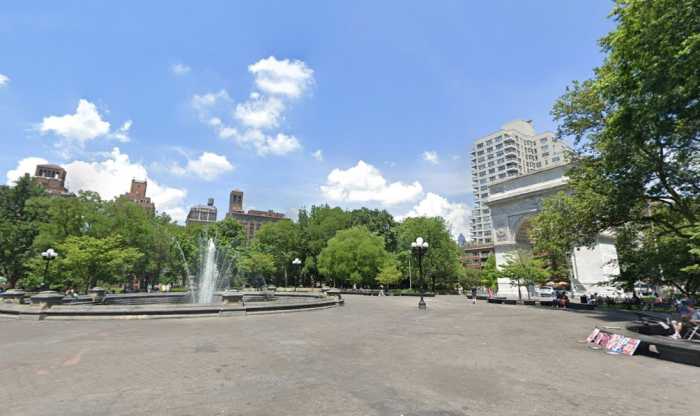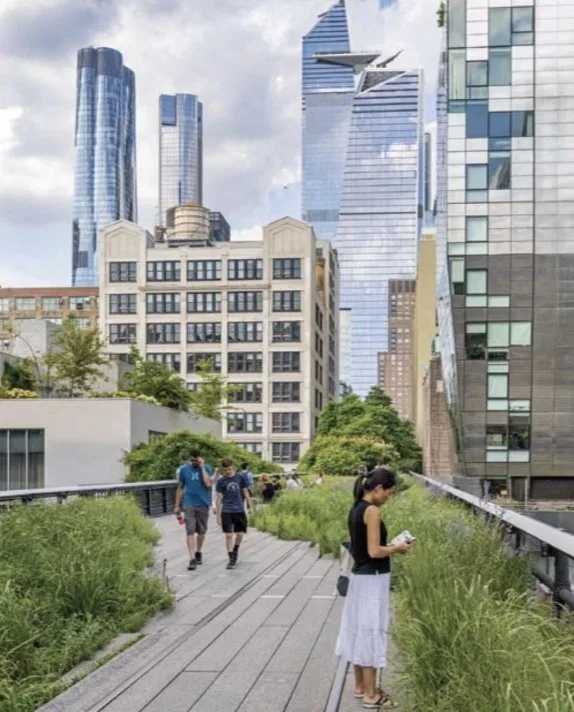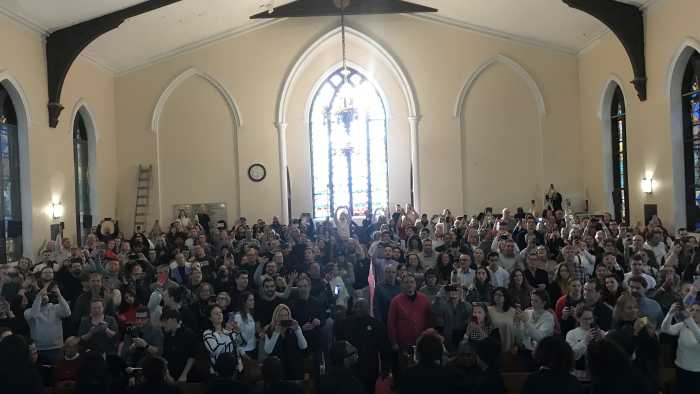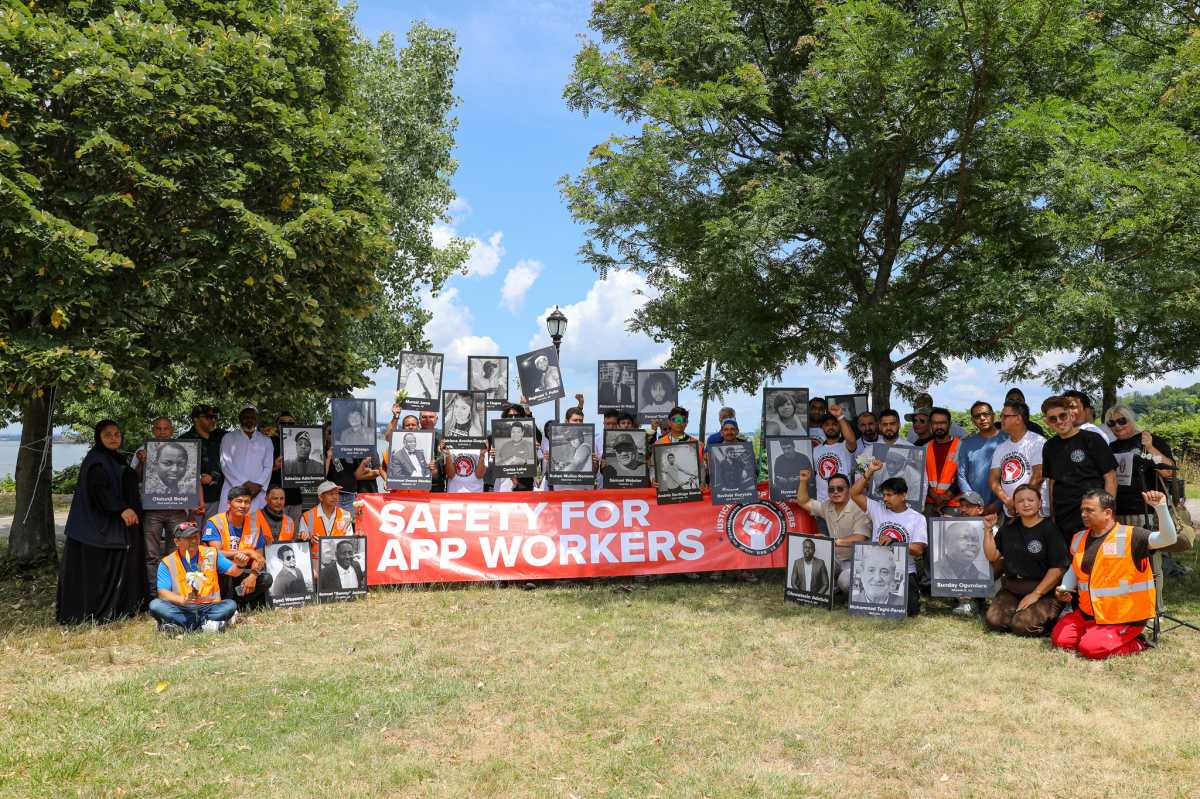Manhattan’s Chinatown is home to many Asian immigrants, longtime residents, and newcomers. The historic neighborhood holds cultural significance to many of its residents. But in recent years, the neighborhood has experienced rapid change, and with that change comes the threat of losing the cultural and historic signifiers that make the neighborhood what it is. This is the story of three people documenting and preserving Chinatown in their own ways.
“Gentrification here in New York is happening so fast in a blink of an eye, you’re like, wait, where did this even come from? Like, how did this even happen?”
Photographer Cindy Trinh, a second-generation Vietnamese-American, moved from California to New York in 2011. She found her community in Chinatown and has been capturing the neighborhood with her camera for the past decade.
“The prime example of how gentrification has hurt this neighborhood the most is when people get literally kicked out of their homes. A lot of folks here are working class, and a lot of them cannot afford huge rent hikes,” said Trinh.
“Chinatown was literally built because of racism. We had to build this enclave for them because they weren’t allowed anywhere else,” she added. “Like Chinatown, a neighborhood that was supposed to be a safe haven for Asians and for the newer immigrants and newer people coming over, where are they going to go? The fluent privileged people are going to be able to continue to spread. And eventually, they can take over the like most of the neighborhood, and then we’ll lose all the things that we love so much about Chinatown.”
Recognizing that change is inevitable, Trinh believes her role as a photographer is to help preserve history.
Trinh added: “What we do as photographers, videographers, journalists, writers, history, historians, and archivists. All of those people are actually integral to preserving the culture of Chinatown. When I think about my own photography, I want my pictures to be seen 50 years from now and remembered, and I want people to reflect on the time that we were living in. That’s our way of time-traveling, right? We can look back on images. We can look back on images, we can look back on different literature and writings, and remember where we came from and take those lessons that history has taught us in order to fight for a better future.”
While Trinh works to document a vanishing Chinatown with her camera, Chloe Chan shares the history of Chinatown with others.
As the co-founder of Mott Street Girls, Chan leads historic walking tours of the neighborhood, which include stops at local monuments, Chinatown associations, independent shops, and eateries.
“I always think that is so meaningful to be able to connect and share our different experiences as Asian Americans. I think like that’s another thing that we’re trying to cultivate at Mott Street girls is to build up that sense of community,” said Chan.
She added: “I think what we can do to help Chinatown is give the small business owners the tools or the knowledge, right to help keep them open for generations to come. And I think for us, at Mott Street Girls, what we’re trying to do is just bring more awareness. A lot of people might go to Chinatown, but they might not necessarily know about, like, the oldest restaurant in Chinatown, the oldest gift shop in Chinatown, and we’re trying to like put the word out there.”
“I don’t know exactly what will happen in the future, but from what I can see so far. The younger generation is carrying their family legacy forward,” said Chan. “I think that will be a continued desire for the younger generation to start their own small businesses or maybe revamp their parent’s old businesses. Like Fong On, the son originally was in photography, but now he has taken his family legacy forward by modernizing tofu pudding.”
Fong On was founded by Paul Eng’s grandfather in 1933. However as the youngest in the family, Paul never intended to take over his family business, so he ended up in Moscow to pursue a career in photography. It was not until 2017, a few years after Paul came back to New York, that Fong On closed its business, and Paul decided to take over. He sought to transform the traditional tofu business into a storefront with modern upgrades.
“My family’s old tofu shop and the way it was – disappeared. And it wasn’t just simply because they were getting old. Business was dropping until it actually couldn’t pay their own bills,” said Eng.
Chinatown was changing, and Eng realized Fong On needed to change, too. After two years of planning and renovating, Fong On reopened in 2019.
“I’m trying to elevate it to a different kind of status,” he said. “Because everybody else’s food outside of Chinese culture gets elevated. It has to, or else it disappears.”
At first, Eng viewed gentrification negatively, but he came to realize that gentrification pointed out ways the neighborhood could adapt itself and ways the business could, too.
Speaking about new residents he added: “I realize only in the last few years that they’re not to blame. They come in, and they see cheap space. Because the neighborhood itself undervalues itself. I mean, how many times I’ve heard people say, Oh, Chinese food is cheap.”
“I’ve had people come into the store and say, Oh, that’s too expensive. While I’ll have somebody else who will come in, and there’s, oh, that’s cheap. It’s the same product but viewed differently. So, gentrification is more or less the same thing,” Eng said.
“I mean, ask like the successful businesses in Chinatown, right? Say Nom Wah in “Chinatown. They are successful. They are surviving, they are making good food,” said Eng. “You know, they’re hiring people that make money, you know, people have jobs, paying into the system. It seems to me that everybody would want that type of success to follow a certain model, you know, and it’s valuing yourself more, charge more, and you pay people more.”
In a city known for rapid change, Chinatown is not immune to change either. These three stories show that some in Chinatown are embracing that change, preserving the historical and cultural roots of the neighborhood while helping shape Chinatown’s future.
If you’d like to support Chinatown, consider donating to these non-profit organizations that help Chinatown open for future generations. Welcome to Chinatown; THINK! CHINATOWN; Send Chinatown Love; CAAAV





































